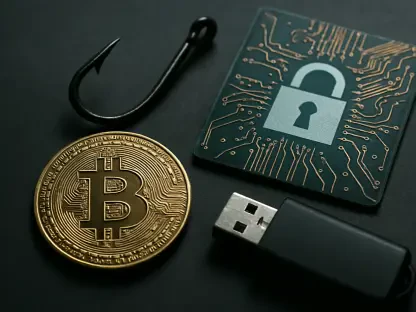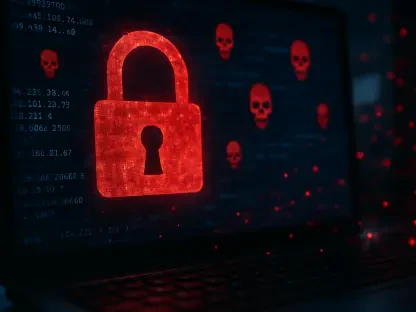Introduction
In today’s hyper-connected business landscape, where remote work has become a cornerstone of operational agility, the security of sensitive data accessed through mobile devices and teleworking environments stands as a critical concern for enterprises across industries. With a significant portion of the global workforce now operating outside traditional office perimeters, the risks of data breaches, unauthorized access, and privacy violations have escalated, demanding strategic attention from business leaders. According to recent industry reports, over 60% of organizations have experienced a security incident linked to remote work setups in the past two years, underscoring the urgency of robust safeguards.
This editorial delves into actionable strategies and frameworks that B2B professionals can adopt to secure data in mobile and teleworking scenarios, focusing on the intersection of policy, technology, and user accountability. The discussion prioritizes business outcomes—such as maintaining client trust and ensuring regulatory compliance—over mere technical specifications. By exploring standardized approaches like those outlined in global security frameworks, alongside emerging trends in endpoint protection, this piece aims to equip decision-makers with the insights needed to mitigate risks effectively. For organizations striving to balance productivity with protection, understanding these principles is not just a technical necessity but a competitive imperative in safeguarding intellectual property and customer confidence.
Navigating Data Security in a Distributed Workforce
The shift to distributed workforces has fundamentally altered how businesses approach data security, as mobile devices and remote access points introduce vulnerabilities that traditional perimeter-based defenses cannot fully address. Standards such as ISO 27701 highlight the importance of a risk-based approach, urging organizations to categorize devices and teleworking locations by their exposure levels—whether in public spaces or home offices—and tailor controls accordingly. This methodical categorization ensures that high-risk environments receive stringent measures like mandatory VPN usage or multi-factor authentication, directly impacting the likelihood of data compromise.
Beyond policy frameworks, technology plays a pivotal role in fortifying data integrity across dispersed teams, with endpoint management solutions proving indispensable for real-time oversight. Unified Endpoint Management (UEM) systems, for instance, enable IT departments to enforce encryption, deploy patches, and remotely wipe devices if lost or stolen, minimizing downtime and financial loss. Industry data suggests that companies leveraging UEM report a 30% reduction in security incidents tied to mobile devices, illustrating a clear return on investment through preserved operational continuity and reduced breach-related costs.
Equally critical is the human element, as user behavior often represents the weakest link in the security chain during teleworking scenarios. Comprehensive training programs that educate employees on recognizing phishing attempts, securing personal devices under BYOD policies, and adhering to clear desk protocols can significantly lower insider threats. A case study from a multinational firm revealed that after implementing mandatory security awareness sessions, policy violations dropped by 25%, proving that fostering a culture of accountability can yield measurable improvements in data protection.
Conclusion
Reflecting on the strategies explored, it becomes evident that securing data in mobile and teleworking environments demands a multi-layered approach, blending robust policies, advanced technologies, and user education to address the evolving threat landscape. Businesses that prioritize these elements find themselves better positioned to protect critical assets while sustaining productivity in distributed setups. Moving forward, leaders should consider regular audits of their security posture and invest in scalable solutions to anticipate future risks, ensuring that data integrity remains a cornerstone of their operational strategy in an increasingly remote world.









